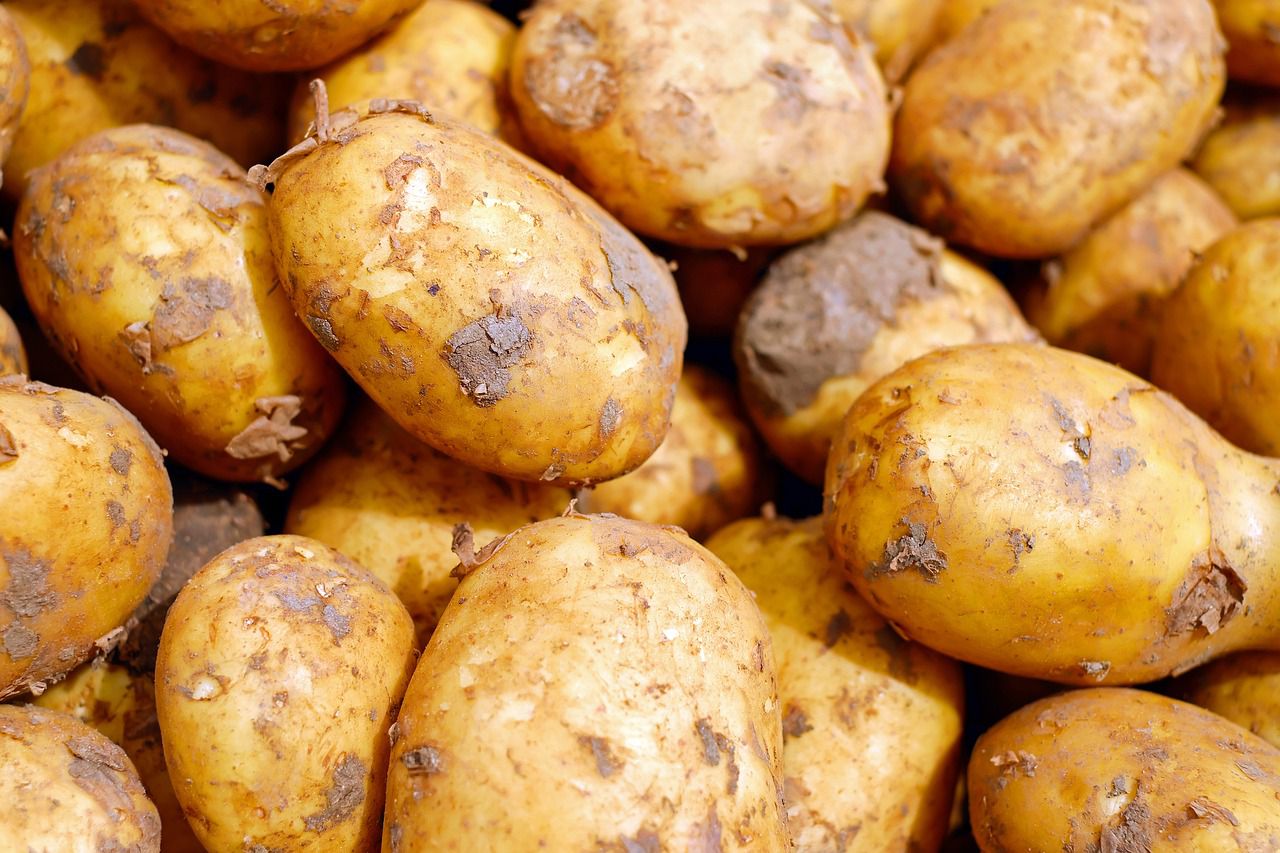If you prefer stocking up on food instead of buying it regularly, then you should buy lots of potatoes in advance.
The best thing about this vegetable is that it can be stored for a pretty long time in suitable conditions.
Here are some things about potato storage you should know.

Storage Conditions
Potatoes should be stored in a cool, dark, and well-ventilated place. A basement or cellar with the right conditions is ideal.
If you don't have such a space, consider investing in a root cellar, or make sure you can find a suitable alternative to store your potatoes properly.
Seasonal Availability
Potatoes are often harvested in the fall and can be cheaper and fresher during that time.
Consider buying in larger quantities when they are in season and at their best.
Variety Selection
Different potato varieties have different shelf lives.
Russet potatoes and other starchy varieties tend to last longer, while waxy types like red or new potatoes have a shorter shelf life.
Choose the type that aligns with your storage and cooking needs.
Preservation Techniques
If you're concerned about potatoes sprouting or going bad, consider preservation methods like canning, freezing, or dehydrating.
These techniques can help extend the shelf life of your potato stockpile.
Consumption Patterns
Analyze your family's potato consumption. Do you use them frequently in various recipes?
If so, a larger stock may be suitable. If not, reconsider buying in bulk, as potatoes can go bad if left unused for too long.
Quality Inspection
Before buying, examine the potatoes for any signs of damage, rot, or sprouting.
Damaged or compromised potatoes should be avoided, as they can affect the entire stockpile.
Local Climate
Consider your local climate and its impact on storage.
If you live in a hot, humid area, potatoes may not last as long without proper climate-controlled storage.











